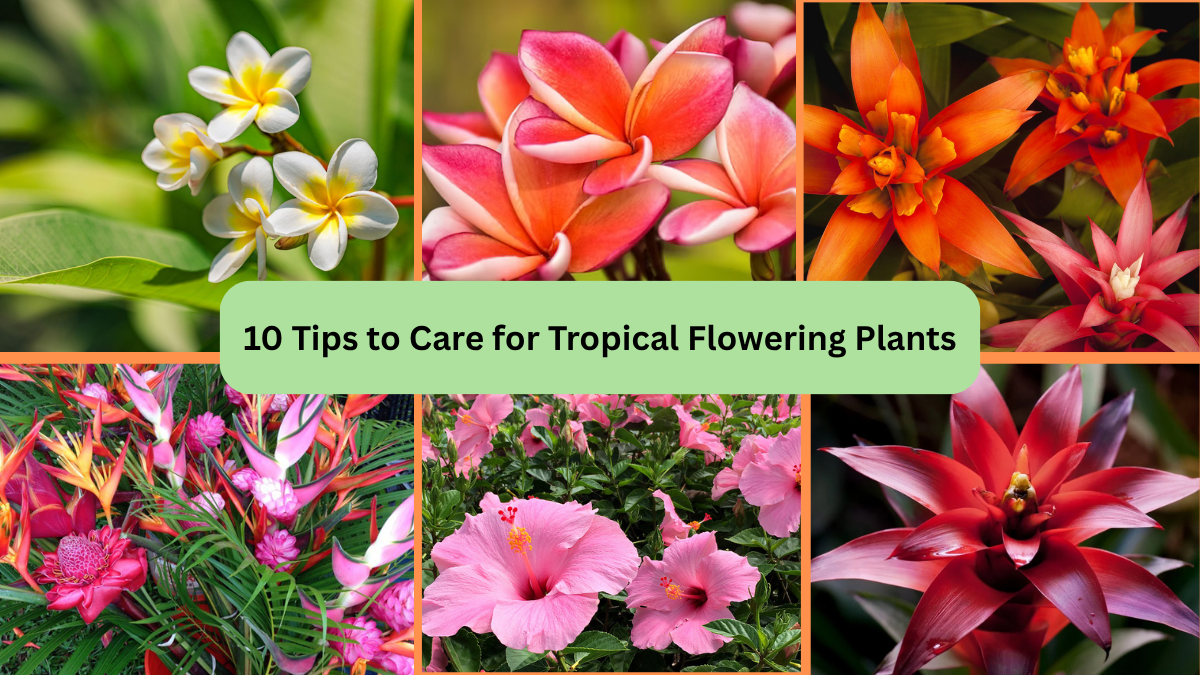Tropical flowering plants are nature’s vibrant gems—bursting with bold colors, exotic shapes, and lush foliage that can instantly transform any garden or indoor space into a tropical paradise. From hibiscus and bird of paradise to orchids and plumeria, these plants bring a splash of color and a sense of adventure to any environment.
However, tropical flowering plants often require special care to thrive, as they are accustomed to warm, humid climates and specific growing conditions. Whether you live in a tropical region or want to cultivate these beauties indoors or in non-tropical gardens, understanding their unique needs is key to keeping them healthy and blooming year-round.
Here are 10 expert tips to care for tropical flowering plants, ensuring your garden stays lush and vibrant with tropical flair.
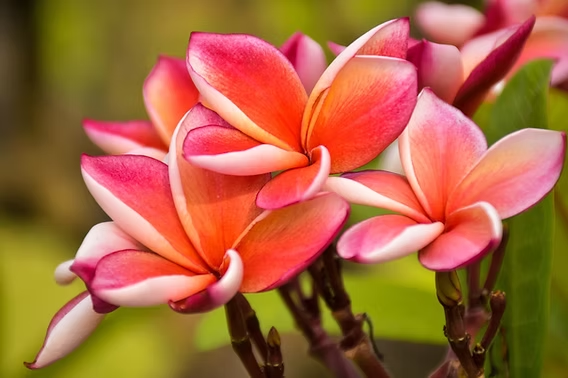
1. Understand Their Native Environment
Tropical plants originate from warm, humid regions near the equator, where temperatures rarely dip below 60°F (15°C). Knowing this helps you replicate similar conditions.
- Temperature: Most tropical flowering plants prefer temperatures between 65°F to 85°F (18°C to 29°C). Avoid sudden temperature drops or frost exposure, which can damage leaves and buds.
- Humidity: These plants thrive in high humidity (60% or more). If you live in a dry climate, consider using humidifiers, misting plants regularly, or placing them near water features.
Replicating their natural environment is the first step in successful tropical plant care.
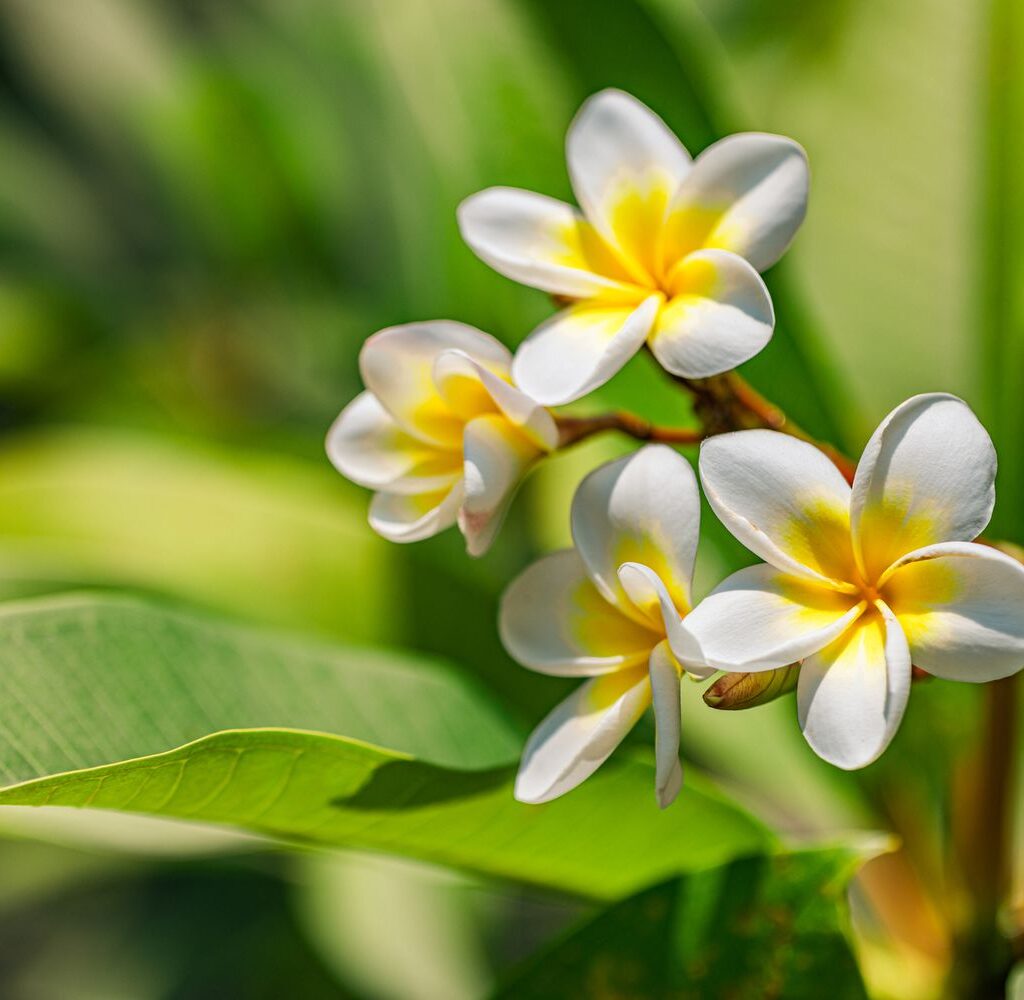
2. Provide Plenty of Indirect Light
Tropical flowering plants generally love light but are sensitive to harsh direct sunlight, which can scorch leaves or fade flowers.
- Place plants in bright, indirect light or filtered sunlight spots.
- East or north-facing windows are ideal for indoor tropical plants.
- Outdoors, situate them under partial shade, like beneath taller trees or using shade cloth during the hottest part of the day.
Proper light exposure encourages robust growth and vibrant blooms without stress.
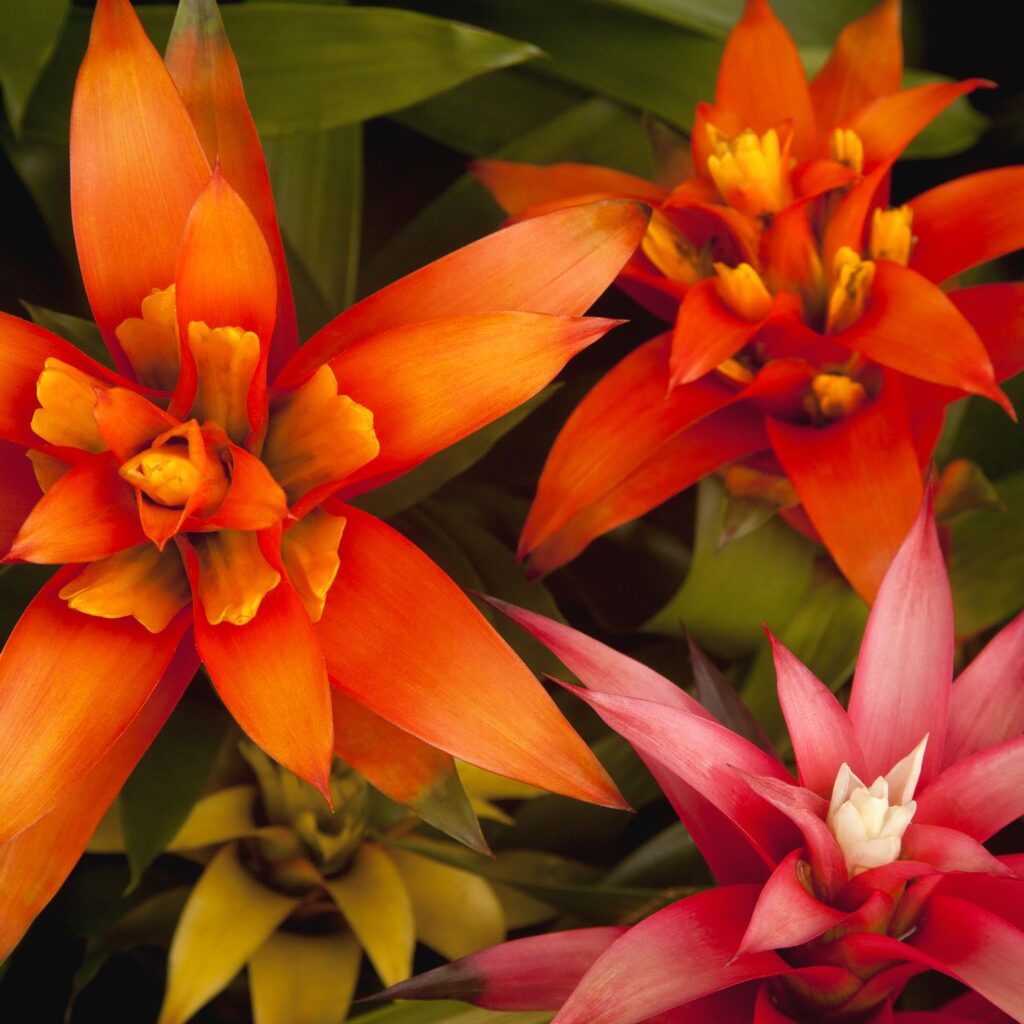
3. Use Well-Draining Soil Rich in Organic Matter
Tropical plants prefer soils that are moist but well-draining, preventing root rot while retaining enough water to keep roots hydrated.
- Use potting mixes designed for tropical plants or amend garden soil with organic matter like peat moss, compost, or coconut coir.
- Adding perlite or sand improves aeration and drainage.
- Avoid heavy clay soils or compacted ground that can hold excess moisture.
Good soil structure ensures roots get oxygen and don’t stay waterlogged.
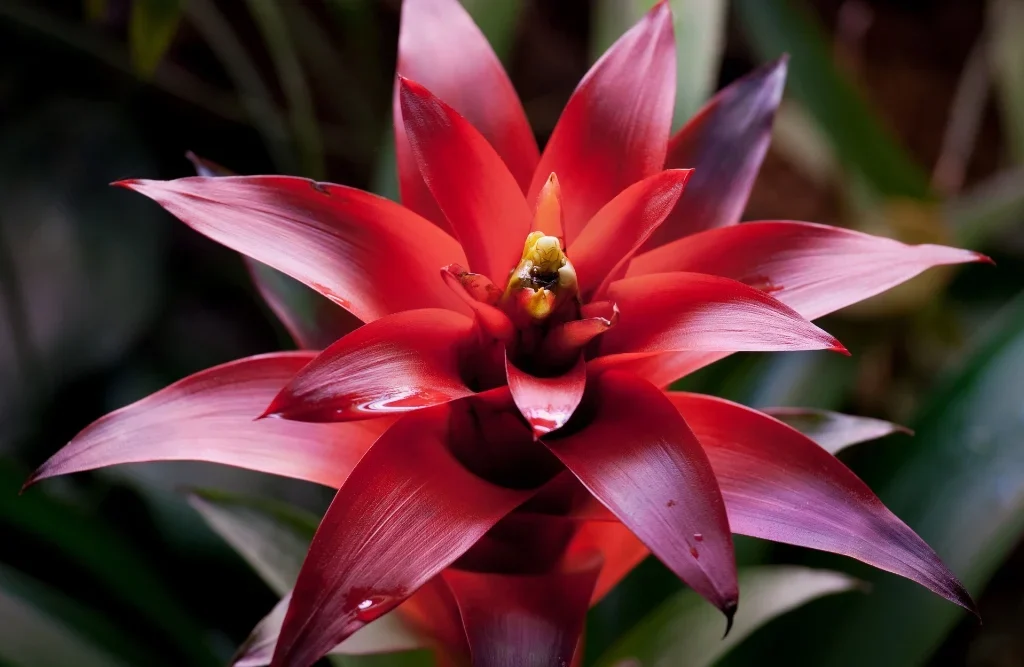
4. Water Consistently but Avoid Overwatering
Water is vital for tropical plants, but balance is key.
- Keep the soil consistently moist, especially during the growing season, but never soggy.
- Water when the top inch of soil feels dry.
- Use room-temperature water to avoid shocking roots.
- Reduce watering during winter when the plant’s growth slows.
Overwatering or letting plants sit in standing water is the most common cause of tropical plant decline.

5. Feed Regularly with Balanced Fertilizer
Tropical flowering plants are often heavy feeders, needing regular nutrients to produce spectacular blooms.
- Use a balanced, water-soluble fertilizer (e.g., 10-10-10 NPK) every 4-6 weeks during the active growing season.
- For flowering-specific nutrition, fertilizers higher in phosphorus (middle number) encourage more blooms.
- Avoid over-fertilizing, which can cause leaf burn or weak growth.
Feeding keeps tropical plants vibrant, lush, and flowering profusely.

6. Prune to Encourage Growth and Remove Dead Material
Pruning promotes healthy, bushy growth and enhances flowering.
- Regularly remove dead, yellowing, or diseased leaves to prevent pests and diseases.
- Pinch or prune spent flowers to encourage new buds.
- Thin out overcrowded branches to improve airflow and light penetration.
Proper pruning maintains plant shape and vigor.
7. Control Pests and Diseases Promptly
Tropical plants can be susceptible to pests such as spider mites, aphids, mealybugs, and scale insects, especially when grown indoors or in dry conditions.
- Inspect plants regularly for signs of pests or fungal infections.
- Use insecticidal soap, neem oil, or horticultural oils for organic pest control.
- Quarantine new plants before introducing them to your collection to prevent infestations.
Maintaining plant health helps them resist pests naturally.
8. Repot When Necessary to Support Root Health
Many tropical flowering plants benefit from repotting every 1-2 years.
- Choose a container slightly larger than the current root ball to allow room for growth.
- Repot in fresh soil to replenish nutrients and improve drainage.
- Gently loosen root balls to prevent root-bound conditions.
Repotting encourages healthy root development and sustained blooming.
9. Mimic Seasonal Changes Mindfully
Even tropical plants have seasonal rhythms, and adjusting care accordingly helps them thrive.
- During warm months, increase watering and fertilizing to support active growth.
- In cooler months, reduce watering and stop fertilizing as growth slows.
- Some tropical plants may enter dormancy or bloom cycles based on day length or temperature—observe your plant’s natural habits and adjust care.
Respecting these cycles keeps plants healthy and encourages beautiful blooms.
10. Provide Support for Tall or Vining Plants
Many tropical flowering plants grow tall or vine, and providing support keeps them neat and encourages flowering.
- Use stakes, trellises, or cages for plants like hibiscus or mandevilla.
- Gently tie vines to supports to guide growth and avoid breakage.
- Support also improves air circulation and exposure to light.
Proper support enhances plant form and flowering potential.
Bonus Tips: Creating a Tropical Paradise at Home
- Combine tropical flowering plants with lush foliage plants like ferns or palms for layered interest.
- Use decorative pots and natural elements like bamboo or stone to enhance the tropical vibe.
- Consider adding water features or hanging baskets to create varied height and texture.
- Experiment with fragrance-rich tropical flowers like gardenias or frangipani to engage the senses.
Final Thoughts: The Joy of Growing Tropical Flowering Plants
Caring for tropical flowering plants can be a rewarding journey, connecting you with nature’s vibrant beauty and diversity. With the right conditions, thoughtful care, and a bit of patience, these plants will reward you with breathtaking blooms, lush foliage, and an ever-changing tropical landscape.
Whether you’re cultivating a tropical garden in the backyard or nurturing houseplants that bring an exotic touch indoors, these 10 tips will help you create a thriving tropical oasis filled with color, fragrance, and life.
